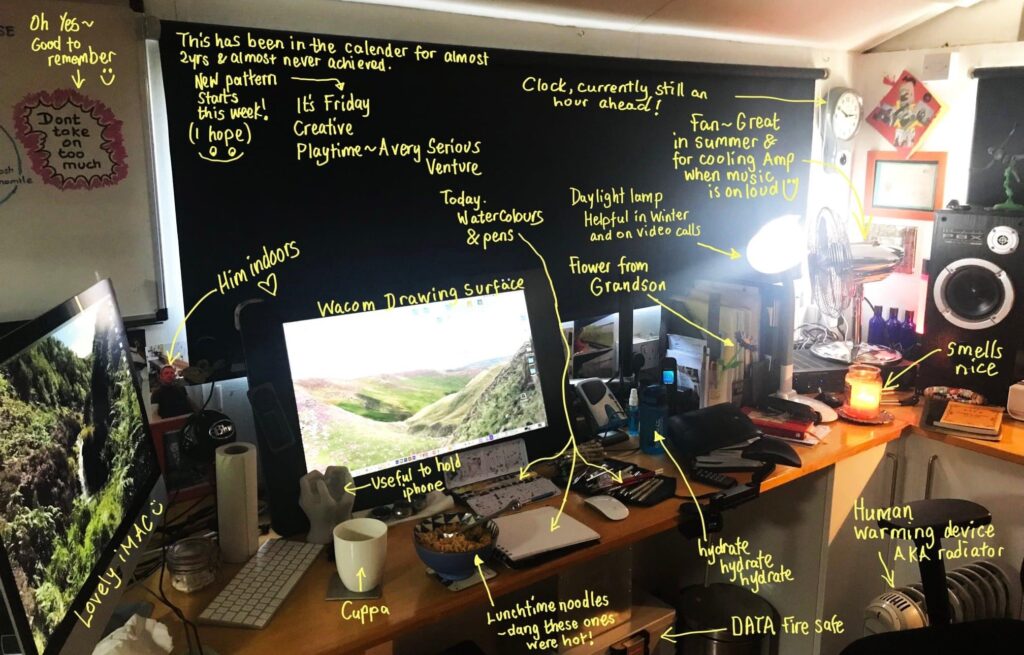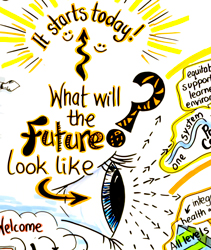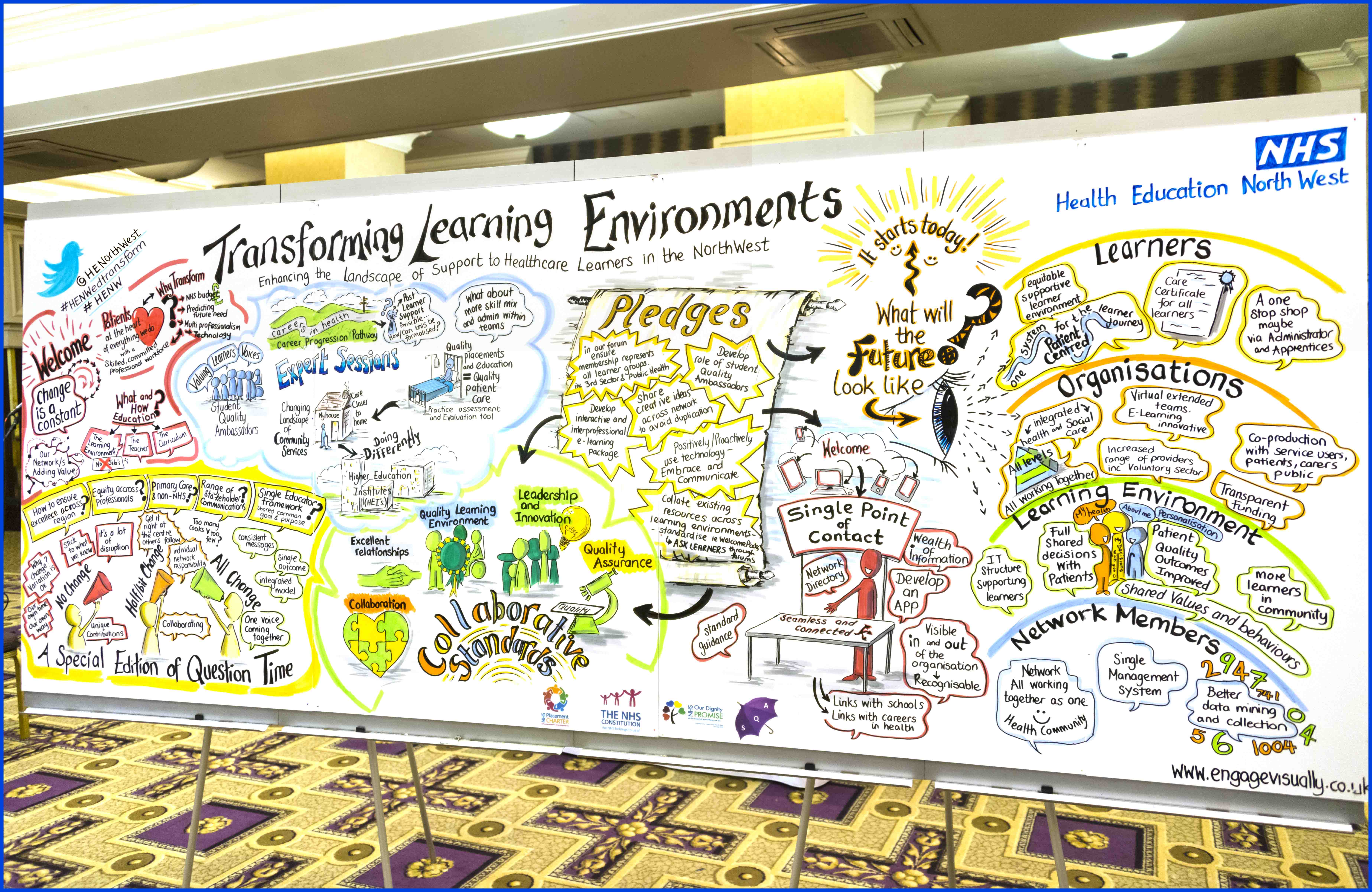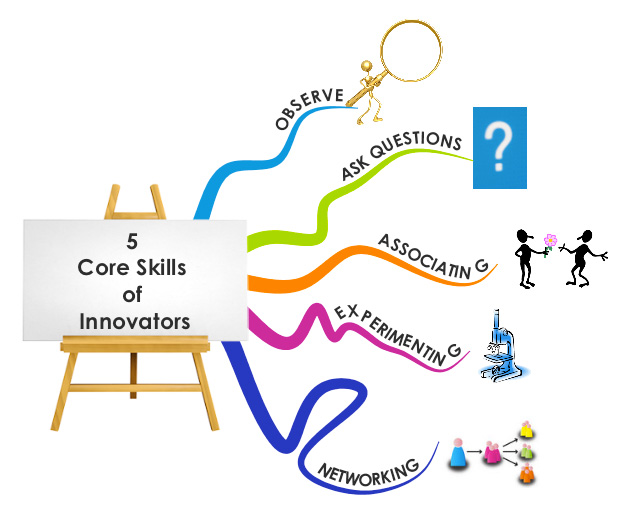We are increasingly finding many uses for Graphic Facilitation and Graphic Recording in supporting people and organisations to problem-solve, innovate, create and find solutions. The following article sheds some gems of insight around key components/characteristics that foster these mindsets and was found through the website link below;
http://stanfordbusiness.tumblr.com/post/51889767187/5-core-skills-of-disruptive-visual-thinking-innovators
“Visual thinking is the foundation for being creative and solving some of the most complex problems,” explained author and founder of Innovation Studio Lisa Kay Solomon. Solomon and Emily Shepard of The Graphic Distillery discussed the key role of visual thinking in innovation at a recent Stanford GSB Mastery in Communication Initiative talk. Below, they share five visual-thinking based skills that disruptive innovators must master:
1) Observe
Set your phone down and actually pay attention to what’s going on around you. You can’t come up with new ideas unless you observe the world with fresh, empathetic eyes. Keep a design journal and document what you observe at least once a week.
2) Question
Once you have a look around, review your design journal and ask: “What’s going on here?” Questions allow for space in the brain. If you’re not curious about something, then there’s nowhere for your observations to go. As an innovator, you should ask questions to nail down the problem you’re trying to solve.
3) Associate
Combining ideas lead to new insights. In the book Where Good Ideas Come From, author Steven Johnson proposes that innovation comes from places where half-baked ideas can bump up against other half-baked ideas and together create something even better. Doodling is a way to cultivate these seeds of ideas.
4) Experiment
Visualization makes your ideas tangible and concrete. “If you can’t draw your ideas in stick figures, you don’t know what you’re saying,” says Solomon. Drawing by hand is a method of prototyping that allows you to test out the core essence of your idea in a low-res way before you spend more time on it.
5) Network
Get access to people in diverse universes to expand your opportunities and areas of expertise. What are some big areas missing from your knowledge bank? We often end up just having a deep network of people like us instead of a diverse network.
For more insights on visual thinking, follow #GSBVT on Twitter: http://stnfd.biz/liMyC
![]()
![]() I hope you enjoy it. PS the idea inspired by others and namely of recent Raquel Benmergui
I hope you enjoy it. PS the idea inspired by others and namely of recent Raquel Benmergui



